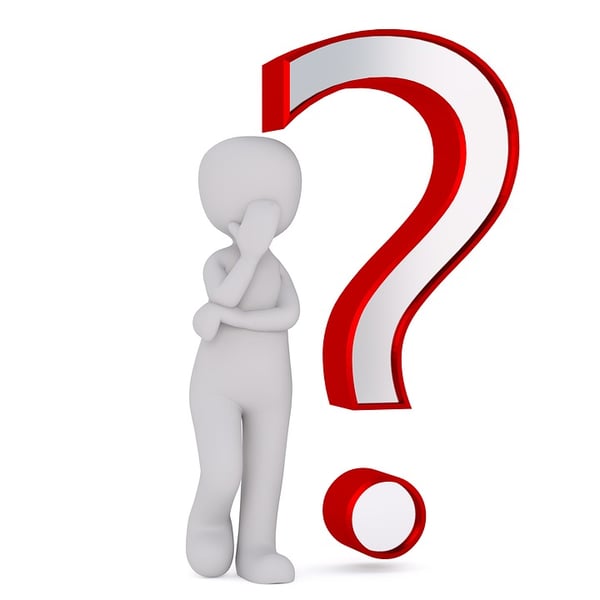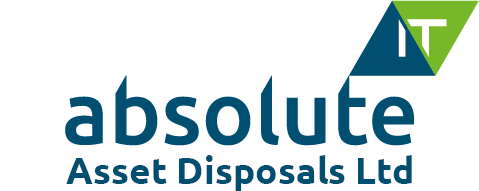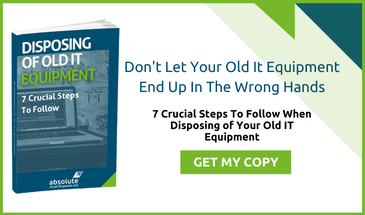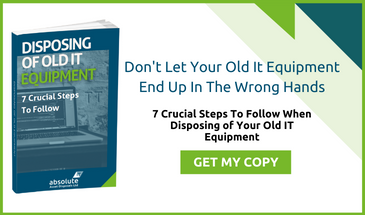
Since 2007, the disposal of electrical and electronic equipment has been subject to a set of EU regulations known as the Waste Electrical and Electronic Equipment Directive (WEEE Directive).
This sets out the duties and responsibilities of those who dispose of waste IT equipment as well as all other electrical and electronic devices, much of which is considered to be hazardous waste because it contains metals and chemicals that can be detrimental to the environment.
If WEEE is just buried in landfills, the components decay over time and leach toxins into the ground and water table. That represents a public health hazard because those toxins can enter the food chain.
WHAT IS THE MAIN THRUST OF THE WEEE REGULATIONS?
Primarily, it aims to reduce the volume of WEEE that is sent to landfill. It does this by setting targets for the activities of collection, recovery and recycling of WEEE. It makes producers (manufacturers or suppliers or both) responsible for the end of life activities of their electrical and electronic equipment (EEE) products. It also regulates the disposal processes and therefore impacts asset disposal and waste management companies too.
The UK regulations mean that qualifying companies must:
- Minimise waste resulting from their EEE products and encourage reuse of them
- Take responsibility for the resulting EEE waste and ensure it is treated correctly, achieving the appropriate recovery and recycling targets
- Improve product design by minimising use of materials and increasing potential for reuse and recycling
OBLIGATIONS ON PRODUCERS
Producers must accept returns of their products at end of life and dispose of them in a manner that meets all environmental guidelines and fulfils the targets laid down. They must also submit quarterly figures that outline all activities for qualifying products (there are 14 categories of product with more expected under WEEE Open Scope).
HOW A PROFESSIONAL ASSET DISPOSAL COMPANY CAN HELP
Few producers perform all of the activities in the disposal chain themselves. They may take some products and refurbish them where there is commercial value in doing so, or to reduce the volume they send to landfill so as to meet the targets laid down by the WEEE regulations.
At best, they may recover certain component parts from the remainder for reuse or refurbishment.
Absolute IT Asset Disposal is fully accredited or licensed with all of the relevant bodies that lay down standards and guidelines for data sanitisation and EEE waste disposal. As a professional disposal practitioner, we not only uphold the standards but we frequently exceed them. In fact, we aim to send 0% to landfill. We achieve this by working very closely with specialist EEE waste disposal companies.
We can work with producers to collect/receive end of life equipment returns and manage them through the asset disposal cycle under the direction of the producer. For example, we can retain specific products or sub-assemblies for reuse and process the rest through the approved disposal channels. Our professionalism means you should enjoy not only full compliance but comfortably meet the required targets.
CONTACT US
Take this opportunity to contact us today for a free professional consultation and assessment of your operation and requirements. You have nothing to lose and could greatly benefit from bolting on a fully compliant and reliable WEEE Directive fulfilment partner.











